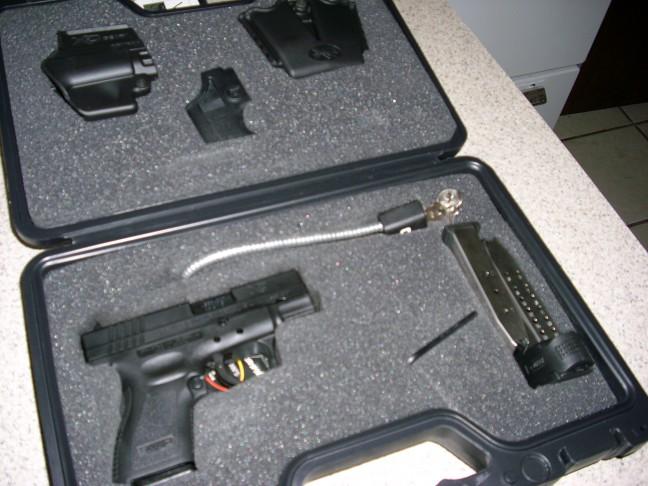A package of four bills looks to keep guns out of the hands of children, but critics say the proposals would make guns inaccessible and criminalize gun owners.
Rep. Lisa Subeck, D-Madison, author of the proposals, said the goal of her legislation is to curb the negative effects of the United States’ current gun violence epidemic.
“This package of bills looks at how do we keep people safe… and how do we, in order to do that, keep guns out of the hands of people who shouldn’t have them,” Subeck said.
According to a statement from Subeck, the bill package includes four proposals. The first requires owners to report lost or stolen firearms within 24 hours of when they realized they were stolen. The second requires sellers to provide lockable containers or trigger locks for guns. The third requires gun owners to store guns in locked containers if a person who cannot legally possess a firearm lives in the residence. The fourth requires locked containers or locking devices if a child is living or present in the home.
Subeck said according to numbers from the Brady Campaign, from 2009 to 2013 more than 3,000 children and teenagers were injured or killed nationally as a result of accidental shootings.
“This is an issue, and it’s an issue that’s 100 percent preventable,” Subeck said. “If guns are stored either with trigger locks or in a safe where children do not have access to them, we can prevent these kinds of tragedies.”
But Jeff Nass, Wisconsin Firearm Owners, Ranges, Clubs and Educators executive director, said storing a gun in a locked container makes them inaccessible in the dangerous situations where every second counts.
Nass said the best way to protect children is to allow gun owners to store their guns in the best way for them, which would be out of reach of children while still being quickly accessible in case the gun is needed for self defense.
“One of the reasons that I carry is for my family,” Nass said. “I don’t want to be required by law to have something that’s inaccessible to me in case I need to use it to defend that grandchild of mine.”
Subeck said her bills do not prevent gun owners from carrying their guns with them as concealed carries, and therefore would not lengthen access time.
Nass also said requiring locked safes or trigger locks adds an extra expense that may deter people from buying a gun and prevent them from defending themselves in violent situations.
Subeck said the provision of her bill requiring gun owners to report their guns being stolen also works to protect the public.
Guns are often stolen in burglaries, Subeck said, putting them in the hands of the wrong people. She said if guns were in locked containers, burglars would be less likely to steal them because the guns would be rendered useless.
But Nass said gun owners already report their guns missing if they are aware of the theft. Forcing them to do this by law, he said, would punish them for having their gun stolen. Nass said gun owners shouldn’t be held legally responsible for having their gun stolen.
“This [legislation] works hard toward harassing that poor victim, and criminalizing something they may not have control over,” Nass said.
Nass also disagreed with the provision requiring locked containers in homes with residents who cannot legally possess firearms. He said this could be detrimental in cases of domestic violence and past minor crimes. Appropriate gun storage needs to be based on an individual basis, he said.
Subeck, however, said her bill could also help prevent rash decisions, such as school shootings or suicides, by making guns harder to get a hold of. But she said reinstating the 48-hour waiting period would be even more effective because individuals would have to wait 48 hours before buying a gun, giving people time to rethink dangerous snap decisions.
Subeck said she hopes her bill package will gain some bipartisan support, but is not optimistic.
The bill has been submitted for final introduction.


